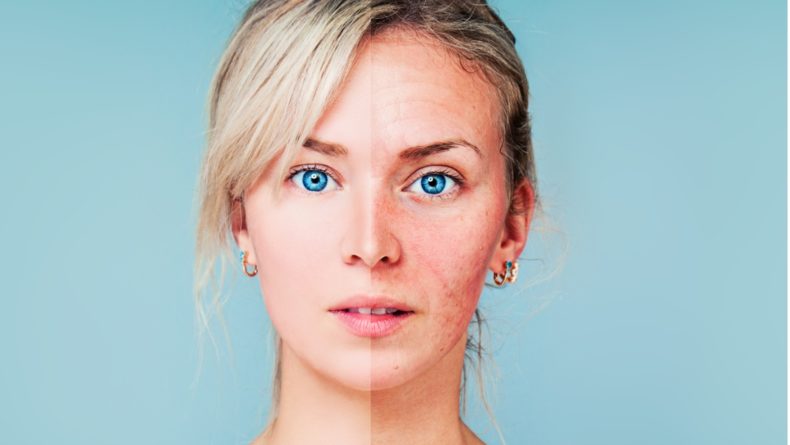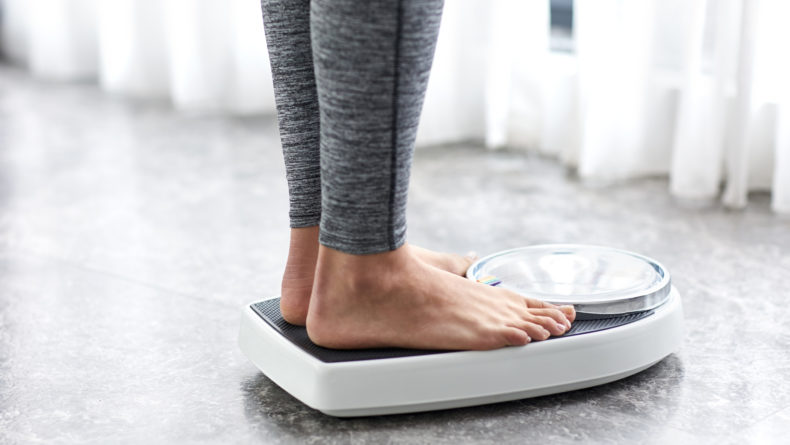4 Tips On How To Select The Best Diet When There Are So Many Options
Is that diet really good for you?
Low carb, high protein? High fiber, low sugar? Grains or no grains? Vegan or Paleo? Ketogenic or Raw Food? You can easily go crazy with so many options.
One of the biggest frustrations I hear when someone is telling me about their health goals is that they can’t figure out which diet to try when there are so many different options. Especially when each diet seems to conflict despite each having very strong scientific evidence. And to make matters more complicated, there’s also the advice that not all diets work for everyone and that you should find what works for you. But, how can you find what works for you when you aren’t sure where to start?
Should you go low carb, high protein? Or high fiber, low sugar? Grains or no grains? Vegan or Paleo? Ketogenic or Raw Food? Even though Veganism, Paleo, Ketogenics and the Raw Food Diet are trendy, the truth is that there are actually over a hundred dietary theories. There are diets for cleansing, diets for weight loss, diets for weight gain, diets for sports endurance, diets for diseases, ancient holistic diets, and so.much.more.
And, not only do you have to sift through all of this information, but you also have to figure out which option seems to be the most doable (and affordable!) while living in Japan. When you’re reading about health tips outside Japan that recommend ingredients like hard-to-find kale, quinoa, and bounds of expensive nuts and fruits, it can really make you feel limited in resources (and a bit heartbroken, too). So, let’s simplify the world of diets so you can determine which steps to take for your health goals, with the following four tips.
1. What does your body need to feel better right now?
Most people search for diets because they are looking to achieve a specific result, like weight loss. Instead, a better starting point is to search for the kind of diet that will help your body reach its optimal function. Finding what you need to feel better means identifying how you need to eat to help you feel well-rested, energized, have regular digestive cycles, have optimal circulation, feel clear headed, etc. When your body functions optimally, your body overall becomes balanced.
[S]earch for the kind of diet that will help your body reach its optimal function.
For example, back when I was at my peak weight and really struggling with diets, I was incredibly constipated. Since I heard that a high protein diet is supposedly good for weight loss, I had been getting most of my nutrition from animal protein sources and tried avoiding carbs as much as possible. But what I hadn’t realized was that the amount of animal products I was eating was taxing my digestive system. Once I recognized that I needed to focus on having better bowel movements, I decided to try a vegetarian diet with more fiber and less heavy animal protein and not only did my digestive system regulate, but I also lost the weight I was originally trying to lose as well. And the interesting part is that I’m not a vegetarian at the moment but my digestive system still is great and my weight hasn’t rebounded.
So the point, in this case, is to do a self-evaluation on what you need for balance first. If you need to, you can even do some functional nutrition testing such as intolerance tests, DNA or stool tests to help pinpoint what does and doesn’t work with your body. When you start thinking of what it needs to feel and function better, you’ll likely find that your other health goals start to take care of themselves. Knowing initially what ailments you’re trying to fix is going to take a lot of the guesswork out of which diets to select.
2. Think of your health journey in two parts: Healing & Body design
There are two reasons why there are so many different kinds of diets. The first is that they are each geared to help people at different starting points, and the second reason is that they’re designed for different end goals. For example, a skinny woman who wants to gain weight and muscle to be a bodybuilder is going to have a different starting and ending point than an overweight postmenopausal woman who wants to lose weight. They need different protocols that match where they’re at and where they want to be. That means it’s incredibly important to know where you’re at and where you want to go before you select your next diet.
One pitfall is thinking that your next diet is going to be the holy grail to creating the body you desire. Instead, it’s a lot easier if you think about your health journey in two segments: phase one is healing (rebalancing), and then phase two is body design.
[I]t’s incredibly important to know where you’re at and where you want to go before you select your next diet.
In other words, you can start off by giving your body what it needs to function at its best, and then once you’ve achieved that, you can alter your diet or exercise plan to start designing your body how you want from an aesthetic or fitness perspective.
The quickest place to get answers is to start with eastern holistic concepts such as Macrobiotics, Chinese medicine or Ayurveda, all of which are philosophies that help you understand what kind of foods to choose to alleviate any kinds of body ailments from inflammation to coldness to digestive issues and more. Once you’re feeling really great in your body, you can then start looking into more trendy diets that are designed for body design, such as eating less refined grains and sugar and consuming more protein to shape your body beyond what it would look like at its health base. In my case, I experimented with Macrobiotics and reaped the benefits of a strong digestive system and overcome sugar cravings, so it was a lot easier to make alterations to my diet later based on body design goals.
3. Know that at the end of the day, you need a bit of everything
Your body needs everything — proteins, carbs, fats, vitamins, minerals, etc. Selecting a diet that cuts out any food group might change your body quickly in the beginning but isn’t sustainable in the long run both from a nutritional sense and also for maintenance.
Instead, a fantastic way to create lasting habits is to start eating balanced meals now that will serve you beyond once you reach your health goals, instead of picking an extreme diet in the beginning and then getting confused on how to maintain your body after you’ve reached your goals. The Japanese teishoku is an excellent example of how to eat for balance because you have had small quantities of a wide variety of nutrition in each meal; it includes a portion of grains, protein, a few seasonal vegetable dishes, and some miso soup which is excellent for aiding in digestion. Even if you don’t want to eat Japanese foods, you can still take the principles of the teishoku to portion out and balance your meals regardless of the kind of cuisine you’re having. Over time, you’ll find your body adjusting even though you haven’t done anything extreme and satisfied all of your nutritional needs.
4. The way you eat should be applicable to wherever you travel
I remember being worried about traveling when I was on a diet because I felt that other countries wouldn’t have the food options that I was looking for. It’s scary to feel like you don’t have control over your diet especially when you’ve been seeing progress with a system you’re experimenting with.
Selecting a diet that cuts out any food group might change your body quickly in the beginning but isn’t sustainable in the long run.
But if you think about it, all countries you travel to will have the same categories of foods: fresh, seasonal vegetables, fruits, meats, seafood, and some kind of fermented item to help with digestion. The differences in culture is more around how people eat and less about the kinds of nutrition that is available to people. So if you can practice creating balanced meals now (like based on the Japanese teishoku concept), you’ll be able to portion out your plate while traveling to also meet all of your nutritional needs no matter where you are.
There are a lot of diets out there that can make the process of getting healthy seem daunting. But instead of researching the pros and cons of each and making decisions based on what logically seems best, it’s better to start by asking yourself what your body needs and aligning the diet you choose to solve balance and design your body according to your end goal.
Keep being curious about your body, because what you’ll discover for your health is worth the journey.
















Leave a Reply